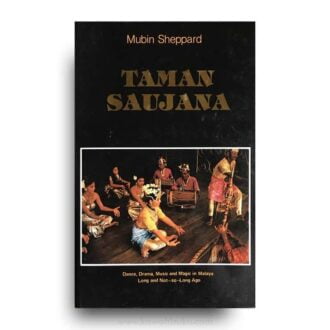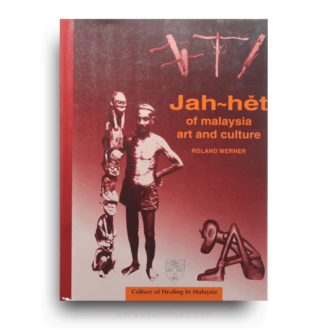Naning in Melaka: History, the Custom, Tribes and Clans, the War and Independence is a substantial volume containing the results of many years of research by a former senior administrator in Malacca. It sets out the distinctive system of customary local laws and land holding rights in Naning, an area at the north of Malacca State. Light is shed on the conduct of Malay-British relations and on the ideas of the traditional Malay leaders from the end of the 18th century, with maps, archival documents, references and index. Naning was a small inland state of 240 square miles situated ten miles north of Malacca town. By the census of 1829, the population stood at 4,875. of whom only a few hundred were actually fighting-fit. Some of the older works portray Naning as a poor unprofitable possession, for the most part covered with jungle yielding meagre quantities of padi, timber, tin and other Straits produce (tropical fruits, gambier, rattan).
In an age of small-state formation in the Malay peninsula, Naning presented the classic case of a local ruler of middling rank staking his claim to his particular plot of the political field. The scramble for resources amid a state of flux and his jostling for power alongside other chiefs and petty raja inevitably attracted British concern from the nearby Straits Settlements. It was also an age of British expansion on a global scale. With their desire to consolidate a local fiscal base and their tendency to regard Malay rulers as mere officials rather than kings, the impulses of enlightened self-interest and the incoming tide of local settlers played a pivotal role in placing the Company on a war footing in Naning.
The need and opportunity to impose the British rule of law and order over native despotism, with an eye to the riches of the interior, would push the problem of protection and paramountcy into higher gear: “It is impossible that Malacca can long remain in this state. It must follow the routine of our Indian conquests, and strengthen its frontier by an accession of territory… it is no longer Nanning, but the Malay Peninsula, that is to be subdued.” The ultimate clash would be between two civilizations undergoing transformation, over juridical and cultural differences, in the competition for land, labour, capital and commerce.
Between August 1831 and July 1832, however, the English East India Company was at war with Naning. The costs of war amounted to nine months of campaigning, 1,200 Indian troops, and a phenomenal expenditure of £100,000 to secure a paltry annual revenue of $100. Yet this was neither the first nor the last time that empire-builders were motivated by ‘myth’. The war in Naning was fought not so much over what the district was actually worth, as over its projected value: matters concerning land revenue and jurisdiction were bound up with issues such as agricultural and commercial potential and access to its labour.
The ultimate cause of the conflict was the peculiar status of Naning. In the Company’s eyes it was a vassal territory, whose ruler owed his appointment and authority to them. Historically and technically, they found support for this view in the Dutch treaty of 1641 and the British one of 1801. But in the eyes of Minangkabau and Malay inhabitants of Naning, their ruler—with his four heads of clans (ampat suku)—was de facto ruler of the territory in all general aspects of internal government. He was invested with the sacrosanctity (kedaulatan) of Malay kingship, and he belonged to a family that had supplied rulers to Naning for over a century.










Reviews
There are no reviews yet